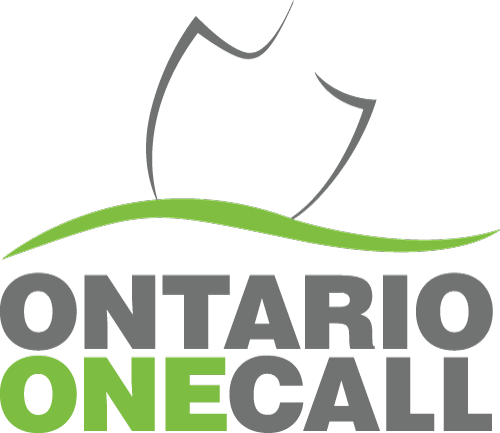Harness The Superpower Of A Dedicated Locator
A dedicated locator enhances the efficiency of the locates process by having a single locate service provider (Dedicated Locate Service Provider – DLSP) contracted by the Project Owner to locate all underground infrastructure on a project. It is paving way for large and long term scale projects to have continual delivery of locates when and where they are needed.
Safeguard Against Downtime
A Dedicated Locator is a single resource used to mark all underground infrastructure within a project area.
Benefits of a Dedicated Locator
- Improves productivity
- Reduces downtime as the locates are completed under the direction of one Project Owner
- Prevents damage and promotes safer excavation practices
- Gains more control – get locates when, where, and as often as your project requires
- Enhances flexibility when delays or conflicts require changes to project timelines or scope
- Provides a mediation platform to solve unanticipated issues that arise within a project or region
- It frees up the regular pool of public locate service providers to complete standard locate requests for homeowners and less complex requests
Step 1
The Project Owner submits a 90 Days Notice or Regional Request Notice to Ontario One Call and selects an approved Dedicated Locator Service Provider (DLSP).
Step 2
Ontario One Call identifies Buried Infrastructure Owners (Members) in the vicinity of the project or Region.
Step 3
The Members provide the DLSP with the infrastructure records/mapping within 10 business days.
Step 4
The DLSP has to complete the locate within 10 business days.
Watch Our Monthly Q&A Sessions Our DL Team Has With UIOS and Municipalities
-
Q&A Session Videos
Who Are The Parties Involved In Dedicated Locators?
Project Owners
The owner of the Dedicated Locator project. Responsible for selecting the DLSP and submitting the 90 Day Notice or Regional Request Notice to Ontario One Call.
Infrastructure Owners (Members)
Underground infrastructure owners. Any affected utilities within the project scope.
Excavators
The proponent working for the project owner to perform the excavation.
Dedicated Locate Service Providers
The Dedicated Locate Service Provider that has been chosen by the Project Owner as the Dedicated Locate Service Provider (DLSP) for the project.
Dedicated Locator Map Zones
Discover the DL zones in Ontario

